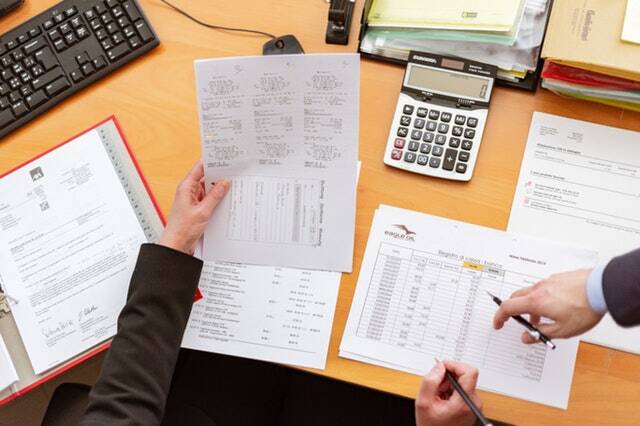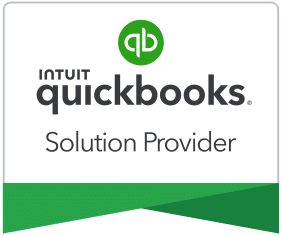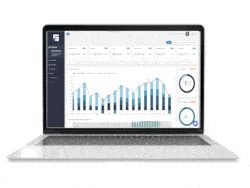Creating a well-written, well organized commercial lease will save you time and a whole lot of hassle.
On the flip side, a poorly written lease could cost you both time and money. The cost is not only in the cost of you having to address the disagreement with the tenant. The cost could also include legal fees and, ultimately, the income you expect to receive on the space.
A Look at Lease Mistakes
Here are some of the most common issues we’ve seen in commercial real estate leases. These mistakes result in frustration for both you and the tenant and potentially lost income for the owner. Let’s dig in!
1. Term Calculations
How often have you seen the term in a lease that says it’s 5 years, but the dates included in the lease say something different? It seems easy enough to calculate a five-year lease, right? Yet, we see time and time again that the actual dates included in the lease actually add up to 6 years listed rather than 5.
It’s a simple clerical error, yet it confuses everyone after the fact. This clerical error leads to potential issues, including a tenant vacating the space when you are not prepared to refill it. It takes months (or sometimes years) to refill, so this lack of time to prepare for many commercial spaces has the potential for lost income.
To help prevent these issues, we created a simple lease term and rate calculator to help you the next time you create a lease.
Download your free Lease Term and Escalation Calculator.
2. Operating Expenses
For most commercial real estate leases, tenants pay for common area maintenance (CAM), taxes, and insurance as part of their lease. Make sure you clearly outline what falls under CAM and your calculation process to save yourself grief later.
Taxes are generally the most significant portion of the CAM expense. Be clear on how you will apply adjustments to account for any increases in real estate taxes. If you haven’t been clear and the tenant pushes back, you may end up absorbing any tax increases yourself.
While there will always be some amount of ambiguity around operating expenses, where possible, be clear. It will save you time and hassles following the annual reconciliation process. When you can reference specifics in your lease, it reduces the opportunity for challenges by the tenant.
3. Rentable Square Feet
Often in new builds, the exact rentable square feet are not known until the project is completed. However, when the project is complete, the lease should include the exact rentable square feet. This is particularly important at reconciliation time.
The lease may reference the usable square feet, which is the space your tenant occupies from wall to wall. However, the operating expenses are calculated off the rentable square feet. Rentable square footage includes the usable square footage, plus the area that is common to all tenants. Reconciliation is calculated from the rentable square footage.
Too often this information is incomplete or outdated.
4. Rent Due Date
There are lots of different dates in a lease. Here are just a few:
- The date the tenant signed the lease
- Commencement date
- Date when a tenant takes possession of the property
- Rent due date (and what constitutes late rent)
Or at least it should be clear exactly when the payment is due. And for the original people involved in the negotiations, the intent likely was clear that rent is always due on the 1st. However, for staff and team members responsible for delivery years later, the intent loses clarity because it is not explicitly spelled out.
5. Use of Space Outlined in the Lease
Make sure to call out how the tenant uses the space in the lease. Is it going to be office space or retail? What will the tenant at that location? As the landlord, you need to keep the peace with other tenants in that space. If you have a tenant that is doing something that impacts another business, you can have a real mess on your hands.
For instance, if one tenant has a spa, they are undoubtedly expecting a quiet environment, as are the customers. But, if another tenant signs a lease for a space that adjoins the spa, and there is no clear use of space, and the tenant provides entertainment for children’s parties, there will be immediate conflict. While this is an extreme example, it illustrates the need to specifically address use of space. And if the lease allows, it is also important to outline terms of use for subleasing.
Awareness is the Key for Commercial Real Estate Leases
It’s important to remember that any lease you create will be looked at dozens of times over the next years. Often those people were not a part of the original negotiations and didn’t understand the intent. Clarity is key. We hope this guide helps you with the next lease you create!
To learn more about how STRATAFOLIO can help you with your commercial leases, CAM reconciliation, or tracking of all your critical dates, schedule time for a free consultation and demo!






